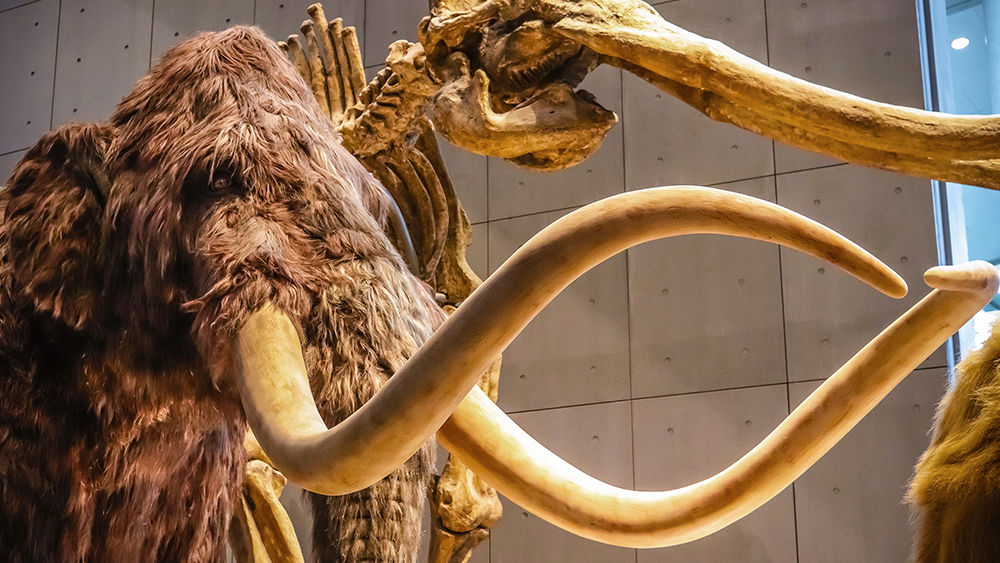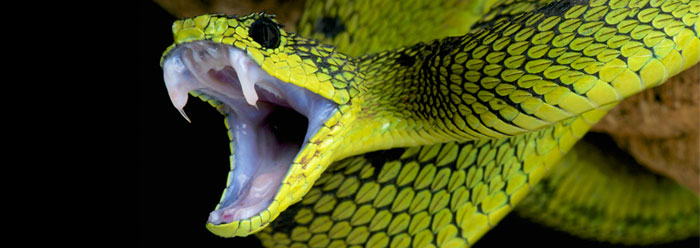Wooly mammoths once roamed North America, northern Europe, and Siberia. Possibly the last of their kind perished as a dwindling population on Wrangel Island, northeast of Siberia. Who wouldn’t wonder why wooly mammoths no longer roam our planet? The process of gathering clues to their extinction can evoke the same feelings found in good mystery novels. New research into ancient DNA gives another solid clue toward two old culprit theories of demise that may apply to people as well as to mammoths.
For centuries, ice sheets during the Ice Age held sea level to around 250 feet lower than it is today. Back then, you could walk to the land we now call Wrangel Island. It was a high point along a land strip that connected Siberia to northern Alaska. Ice melted, sea levels rose, and the mammoths got stranded, possibly for millennia. Can genes from frozen mammoth DNA, along with clues from geography, help solve the mystery of their ultimate demise?
A team of biologists compared previously sequenced DNA from frozen mammoth remains on Wrangel Island with DNA sequences from two other mammoths and several modern elephants. They targeted DNA regions known to affect traits like fertility and smell.
Taking care to correct for DNA damage that occurred since the mammoths died, the scientists found specific Wrangel Island mammoth gene mutations.1 The team synthesized those mutant genes, inserted them into cells grown in a lab, then tested the effectiveness of the resulting proteins. The proteins did not perform well, indicating that these mammoths suffered genetic disorders.
The study results showed that these poor creatures had diseases of the nervous, male reproductive, metabolic, and olfactory systems.2 Very similar diseases occur in lab mice with essentially the same mutations.
Vincent Lynch was lead author of the technical report published in Genome Biology and Evolution.1 He is an evolutionary biologist at the University at Buffalo. He told the University,
Just like so many of today’s threatened species, small populations force close relations to interbreed over time. This crams mutations into the next generation, and the next, and the next, and these can quickly inflict severe health issues. Pandas, Tasmanian devils, and tigers are at risk for this very reason.
For example, small human populations suffer similar syndromes when they keep marrying first cousins. One review of the human disease microcephaly (small-headedness) traced it through inbred families. Most microcephaly results from genetic mutations, many of which affect cell division. Nerve cells fail to divide properly during development, leaving babies born with small brains, small skulls, often mental retardation, but normal sized faces.3 Mammoths may not have suffered microcephaly per se, but the new mammoth study, along with a separate 2017 report, shows they had genetic diseases concentrated by small populations.4
Inbreeding accumulates mutations in humans and animals today, so it makes sense to look to those same culprits to explain human and animal problems of the past.
Other researchers did just this when they found clear matches between the once-famous Homo floresiensis fossils—nicknamed “Hobbit”—to small people with microcephaly.5,6 Hobbit lived in a remote cave on the Island of Flores in Indonesia. Like the Wrangel Island mammoths, their few numbers would have afforded too few whole genes to compensate for the damaged ones. Genetic errors could have accumulated mutations that caused developmental disorders.
Reindeer and musk ox currently living on Wrangel Island were reintroduced just decades ago.7 Their original populations may well have died off alongside the mammoths due to inbreeding.
Where did the mammoths go? Where did the cavemen go? Where did the wooly rhinos go, and so many other extinct creatures? Bible-based research has long suspected the same culprits that haunt endangered species today: small populations that rapidly accumulate mutations. Genetic tests now verify that’s what happened with the last mammoths. We may not need to look much farther than these two culprits to explain the end of so many animal and human varieties.
References
1. Fry, E. et al. 2020. Functional architecture of deleterious genetic variants in the genome of a Wrangel Island mammoth. Genome Biology and Evolution. evz279.
2. Hsu, C. Scientists resurrect mammoth’s broken genes. University at Buffalo News Center. Posted on buffalo.edu February 7, 2020, accessed February 13, 2020.
3. Woods, C. G. 2004. Human Microcephaly. Current Opinion in Neurobiology. 14(1): 112-117.
4. Rogers, R. L., and M. Slatkin. Excess of genomic defects in a woolly mammoth on Wrangel island. Plos Genetics. 13(3): e1006601.
5. Martin, R.D. et al. 2006. Flores Hominid: New Species or Microcephalic Dwarf? The Anatomical Record Part A. 288A: 1123-1145.
6. Hershkovitz, I., L. Kornreich, and Z. Laron. 2007. Comparative Skeletal Features Between Homo floresiensis and Patients With Primary Growth Hormone Insensitivity (Laron Syndrome). American Journal of Physical Anthropology. 134(2): 198-208.
7. Wrangel Island. Flora and fauna. Wikipedia.
*Dr. Thomas is a Research Associate at the Institute for Creation Research and earned his Ph.D. in paleobiochemistry from the University of Liverpool.

























